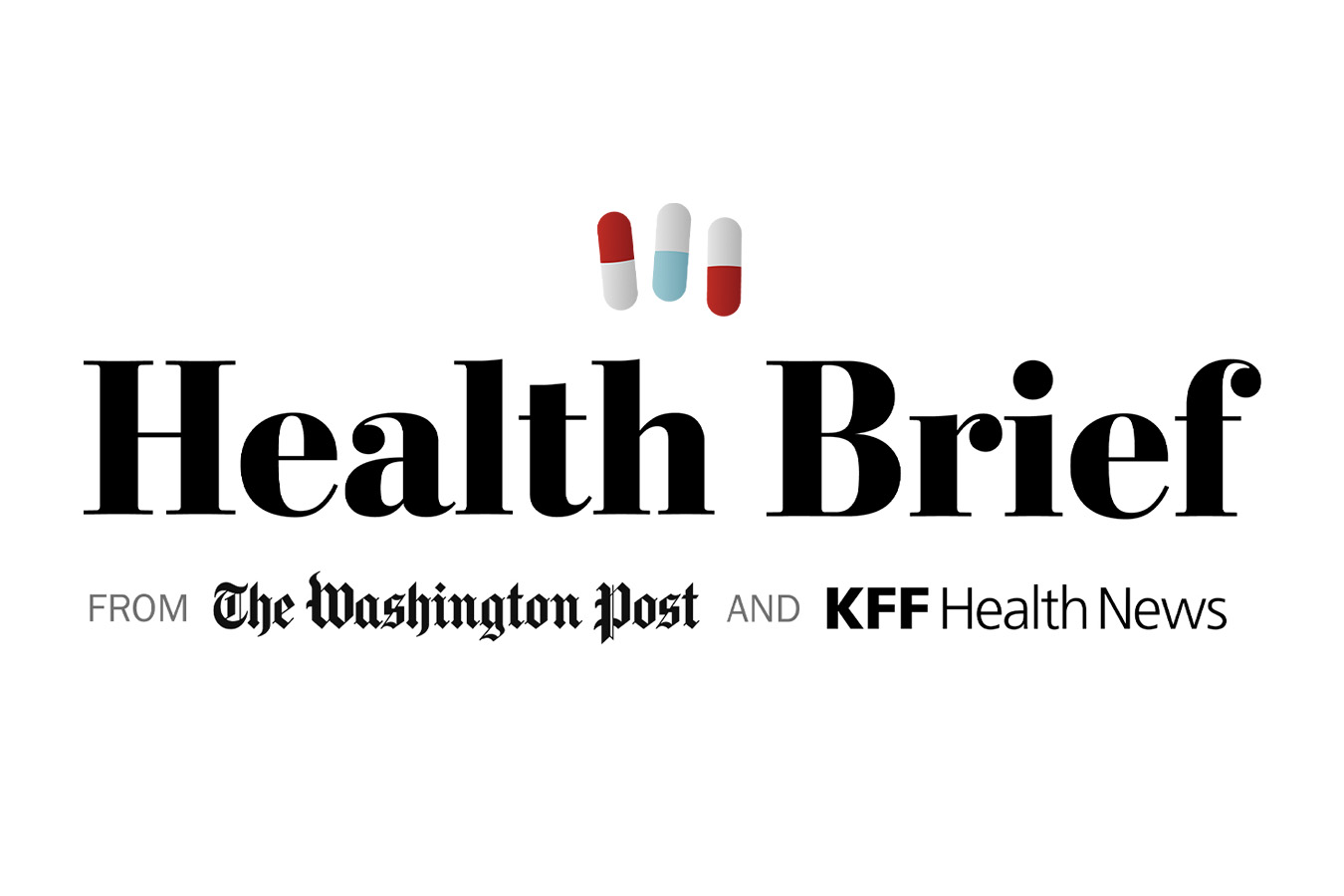During the coronavirus pandemic, states received a rush of funding from the federal government to bolster their fight against the disease. In many cases, that cash flowed into state and local health departments, fueling a staffing surge to handle, among other things, contact tracing and vaccination efforts.
But public health leaders quickly identified a familiar boom-and-bust funding cycle as they warned about an incoming fiscal cliff once the federal grants sunset. Now, more than a year since the federal Department of Health and Human Services declared the end of the coronavirus emergency, states — such as Montana, California and Washington — face tough decisions about laying off workers and limiting public health services.
In California, Democratic Gov. Gavin Newsom proposed cutting the state’s public health funding by $300 million. And the Department of Health in Washington state slashed more than 350 positions at the end of last year and more than 200 this year.
Public health experts warn that losing staff who perform functions like disease investigation, immunization, family planning, restaurant inspection and more could send communities into crisis.
“You cannot hire the firefighters when the house is already burning,” said Brian Castrucci, president and CEO of the de Beaumont Foundation, an organization that advocates for public health policy.
In late September, HHS Secretary Xavier Becerra declared a public health emergency for states affected by Hurricane Helene, allowing state and local health authorities in Florida, Georgia, North Carolina, South Carolina and Tennessee to more easily access federal resources. Last week, ahead of Hurricane Milton’s landfall in Florida, Becerra declared another public health emergency to aid the state’s response.
If states don’t have robust public health resources ready when disasters like this hit their communities, it can have devastating effects.
Local health department staffing grew by about 19 percent from 2019 to 2022, according to a report from the National Association of County and City Health Officials that examined 2,512 of the nation’s roughly 3,300 local departments. The same report found that half of those departments’ revenue in 2022 came from federal sources.
But in some places, the pandemic cash did little more than keep small health departments afloat. The Central Montana Health District, a public health agency serving five rural counties, received enough money to retain a staff member to help handle testing, contact tracing and rolling out the coronavirus vaccines. It wasn’t enough to hire extra workers, but it allowed officials to fill a position left empty when a staffer left the department, said Susan Woods, the district’s public health director.
Now, five full-time employees work for the health district — enough to scrape by, Woods said.
“Any kind of crisis, any kind of, God forbid, another pandemic, would probably send us crashing,” she said.
Adriane Casalotti, chief of government and public affairs for the national health officials’ group, said she expects layoffs and health department budget cuts to intensify. Those cuts come as health officials work to address issues that took a back seat in the pandemic, such as increases in rates of sexually transmitted infections, suicide and substance misuse.
And rural health departments deserve more attention, Casalotti said, as they are likely to be the most vulnerable and face compounding factors such as hospital closures and the loss of services including maternity and other women’s care.
This article is not available for syndication due to republishing restrictions. If you have questions about the availability of this or other content for republication, please contact NewsWeb@kff.org.


